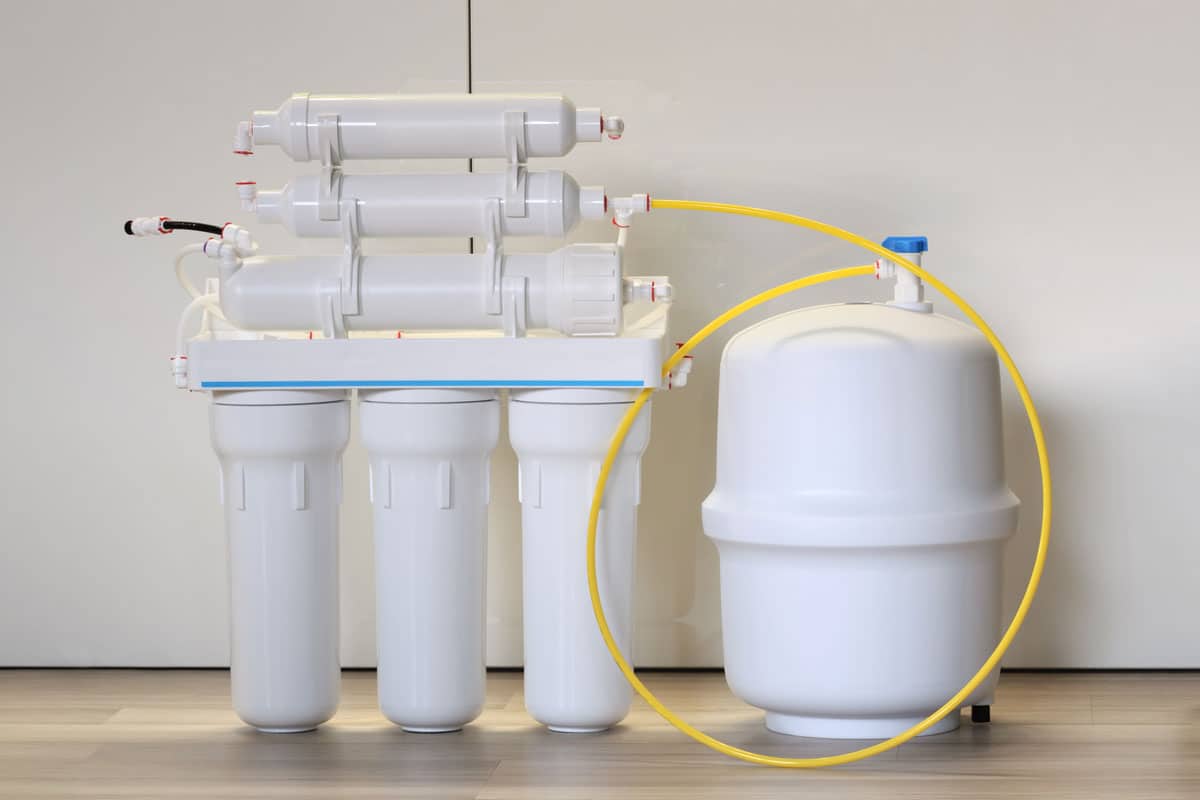The water to be purified is placed in one side of the reverse osmosis system.
What are the advantages of reverse osmosis systems?
There are several advantages to using a reverse osmosis system for water filtration:
High effectiveness
Reverse osmosis is a highly effective method for removing a wide range of contaminants from water, including bacteria, viruses, and dissolved solids such as lead, nitrates, and arsenic.
Low maintenance
Reverse osmosis systems are relatively low maintenance, as the filters and membrane only need to be replaced every few years.
Wide availability
Reverse osmosis systems are widely available and can be easily purchased and installed in homes, businesses, and industries.
Multiple uses
Reverse osmosis systems can be used for a variety of purposes, including providing purified drinking water, improving the taste of tap water, and reducing the need for bottled water.
Environmental benefits
Using a reverse osmosis system can reduce the amount of plastic waste associated with bottled water.
Overall, reverse osmosis systems are a convenient and effective way to provide purified water for a wide range of uses.
